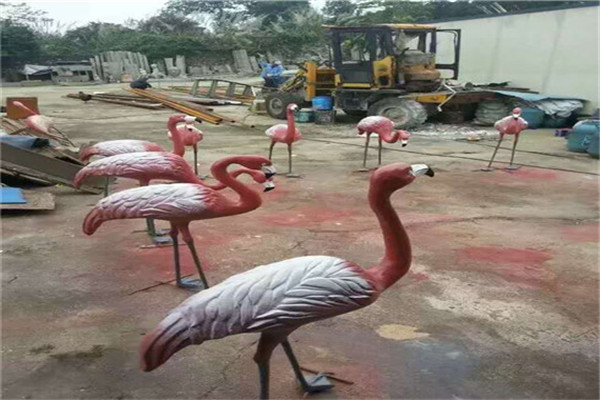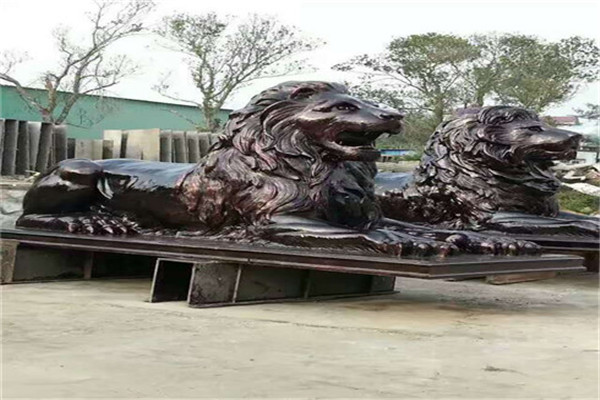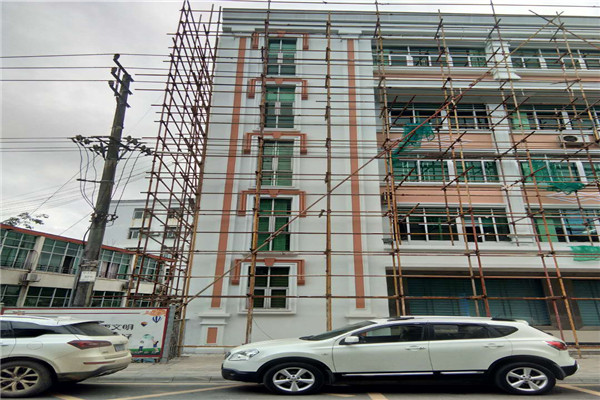
1. Traditional green sculpture shaping: directly pruning the plants with garden art. There are simple geometric shaping (such as sphere, cube, pyramid, cylinder), complex geometric shaping (layered shaping, spiral shaping, etc.), animal shaping and various peculiar shaping (automobile shaping, aircraft shaping, abstract and free shaping, etc.). Common plants include pine and cypress, privet, boxwood, national locust, elm, etc. 2. Grafting: taking a certain plant as the rootstock, grafting plants with different impressions on it, and then making artistic processing of its shapes, such as polychrome chrysanthemum bonsai, polychrome rose bonsai, polychrome peach, polychrome plum, polychrome crabapple, etc. Such as cliff chrysanthemum, tower chrysanthemum, animal shaped chrysanthemum, etc. 2.1 Single plant green sculpture refers to the sculpture formed entirely by one plant or one plant with multiple colors or by grafting multi-color plants. The sculpture has a long viewing period and simple operation. For example, tree sculptures can be kept for a long time only by special pruning, without considering flower changing and water spraying, and the maintenance management is simple. 2.2 Double plant green sculpture refers to the sculpture shaped by two different kinds of plants. The sculpture has a long viewing period and a strong three-dimensional sense, and usually uses the complementary and mutually reinforcing advantages of two plants for modeling. Such as evergreen and deciduous plants, broad-leaved and coniferous plants, lianas and herbs, as well as different colors, species, branches and leaves, such as leaf color, flowers and fruits, branches and stems. 2.3 Mixed plant green sculpture refers to sculpture with three or more kinds of plants. The sculpture has a short viewing period and complicated operation, but it is highly ornamental and lifelike. The common ones are large three-dimensional sculptures, some animal shaped sculptures elaborately composed of flowers, leaves and fruits of different plants according to design requirements, such as peacock, red crowned crane, panda, etc; Or symbolic sculptures with certain cultural connotation and city image, such as idiom allusion sculptures (learning to walk in Handan, dancing at the smell of chickens), Olympic seal, football World Cup, etc.

Microcarvings pay special attention to the selection of materials. The stone material should be absolutely pure, and there should be no sand grid or half silk cracks, because half a sand dot may damage a fine picture or more than 10 Chinese characters. Secondly, the micro carving knife is also a special thin knife, which should be sharp and sharp. It is necessary to have a particularly proficient knowledge of calligraphy and traditional Chinese painting. When carving, "meaning carving" and "meaning carving" can be carried out. Hold your breath and concentrate on your thoughts on the spot. The knife should be stable, accurate and ruthless. The micro carved knife is just a pen. The skill is not enough. Because the knife is slightly out of control, it doesn't reach its purpose. The calligraphy effect must be paid attention to when matching the micro engraving inscriptions on the micro sculpture works. The creators should avoid the ugly appearance, the skew of characters, the uneven lines, the inaccuracy of paintings, and the imbalance of matching. We should grasp the artistic effect of the line changes produced by cutting tools and customized stones. Only in this way can calligraphy and knife techniques and strokes be perfectly unified.

From the perspective of development, sculpture can be divided into traditional sculpture and modern sculpture. Traditional sculpture is a visual, tactile and static three-dimensional art form molded with traditional materials; Modern sculpture uses new materials to make anti traditional four-dimensional, five-dimensional, acousto-optic, soft and dynamic sculptures. According to traditional materials, and according to environment and function, it can be divided into urban sculpture, garden sculpture, indoor sculpture, outdoor sculpture, desk sculpture, shelf sculpture, etc. There are many kinds of sculpture materials, such as clay, stone, wood, metal, gypsum, resin, ivory, etc. Then several categories were developed: wood carvings: wood carvings have a long history. Most of the early themes were centered on religion. In addition to religious icons, they were also used for the decoration of altars and religious places. In countries where wood building flourishes, wood carving develops with architecture. Modern wood carvings have quite diversified styles and features, and artists like to use abstract forms to express them. In addition, wood carving is also an important contributor to the invention of printing. Please see woodcut prints for details; Stone carving: The regions where stone carving is developed have a lot to do with where the stones suitable for carving are produced. The regions where stone carving is developed have a long history of stone carving. In the past, stone carvings were often used as decorations of gardens, signs of doorways, or architectural decorations of mausoleums. Because the stone is thick (not easy to be stolen), and the details of carvings are not easy to be damaged by wind and rain, stone carvings are mostly in outdoor environments. The common stone carving material is marble. There are clay sculptures, ice sculptures, sand sculptures, metal sculptures and pottery.

The dough figurines are commonly known as dough figurines, gift buns, flower cakes and dough figurines. It uses glutinous rice flour as the main material, mixed into different colors, and uses hands and simple tools, Zhanjiang EPS components Create various vivid images. In the old society, the dough figuring artists "just make a living and walk around in tears", carrying suitcases, walking around villages and towns, and working in the streets, are deeply loved by the masses. However, their works are regarded as a gadget and cannot be put on the stage of elegance. Today, high quality EPS components As a precious intangible cultural heritage, dough sculpture art is valued, and gadgets have also entered the art palace. The dough kneader takes materials at will according to his needs. After several times of kneading, rubbing, rubbing, and lifting, he uses a small bamboo knife to skillfully place, cut, carve, scratch, shape his body, hands, and head, and put on hair ornaments and clothes. In a moment, the vivid artistic image will be released.




